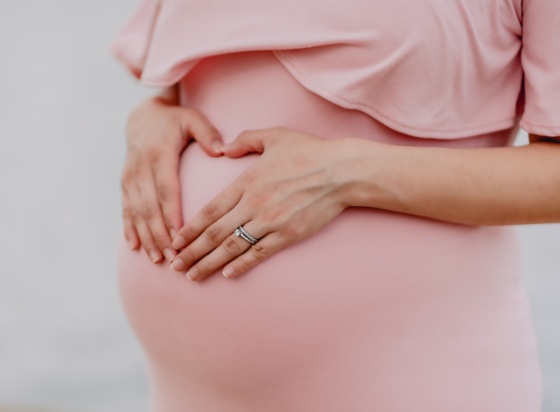Why choose stem cell banking for your family?
Turning to a private stem cell bank gives you the opportunity to collect and preserve your children’s own stem cells (autologous stem cells), should they ever need them in future therapies.
Future Health Biobank specialises in storing HSCs and MSCs found in umbilical cord blood, cord tissue and milk teeth. These are a 100% HLA match to the child they are collected from, and offer a 25% match to their siblings.
One small umbilical cord or tooth sample can yield a high stem cell count for multiple potential uses, if processed and stored by a professional stem cell bank. This can act as a valuable lifeline for decades to come.
Umbilical cord stem cell
Your baby’s umbilical cord blood is a rich source of precious stem cells. These stem cells have the ability to repair and protect the body from within by transforming (differentiating) into many different types cells within blood and tissue.
Cord blood banking is the process of collecting, processing and storing these cells for use in potential future medical uses. Currently, cord blood stem cells are being used to manage cancerous blood disorders such as leukaemia, blood conditions like Fanconi anaemia and much more.
Cord stem cells are unique to your baby; a 100% HLA match, no fear of the body rejecting them.
There is only one chance to bank your baby’s cord stem cells; the day they are born.


Tooth stem cells
One valuable source of stem cells can be found within the pulp of our teeth. Tooth stem cells have the ability to repair tissue cells throughout the body.
Many studies have demonstrated that these cells can be isolated from milk teeth or healthy adult teeth and banked for use in potential future treatments.
Like all cells in our body, stem cells deteriorate with age. This makes stem cells from milk teeth especially valuable because they are younger and healthier. Your child’s tooth stem cells could offer lifelong health protection!



